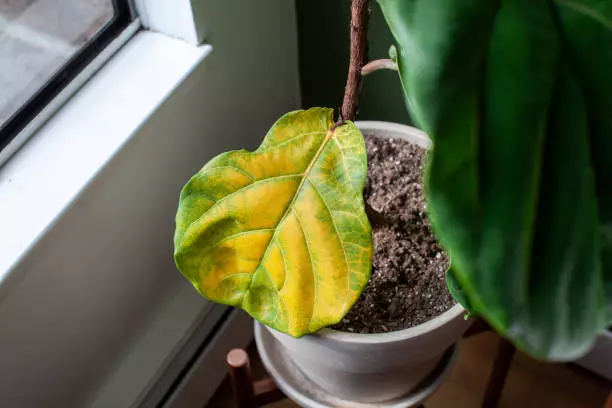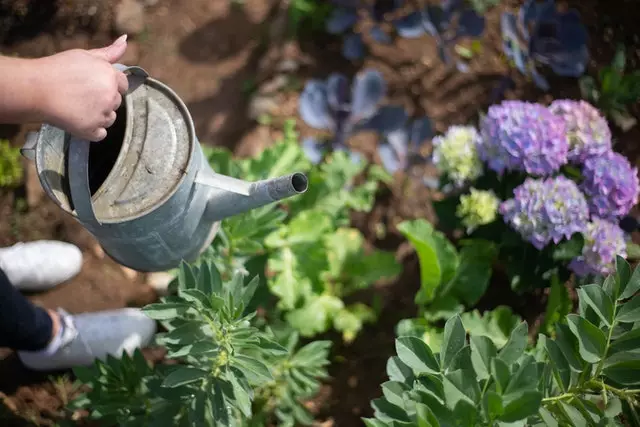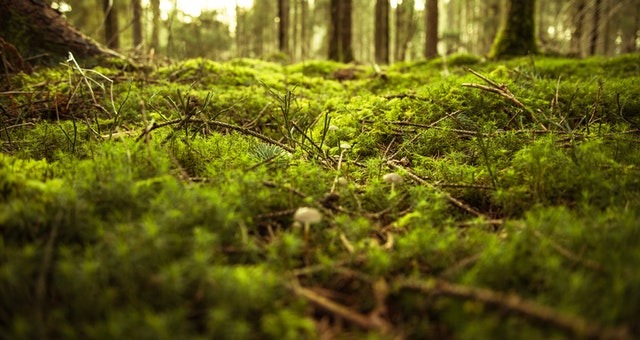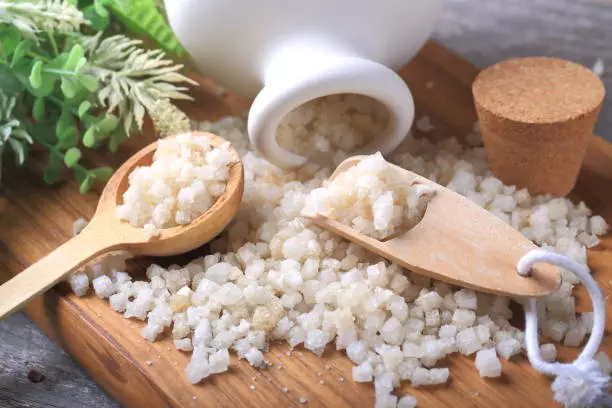Bees and plants have a mutual relationship. Bees play a huge role in the pollination process that plants need to reproduce. And, plants provide food for bees, that is, nectar and pollen grains. So, what are the stand-out features of plants that attract bees?
If you want to grow plants that attract bees, choose those that stand out visually and produce great fragrances.
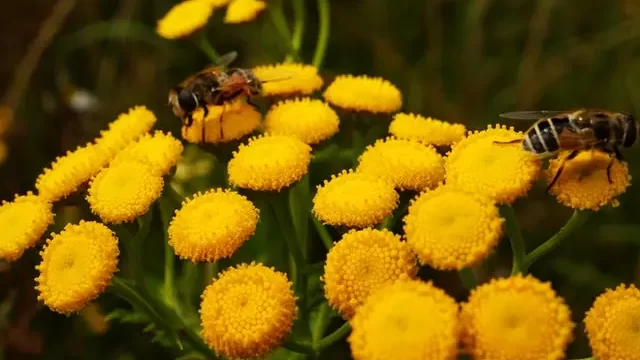
The shape of the flower, size, color, and nectar guides with ultraviolet patterns are what lure bees. The best plants for attracting bees have flat or open tubular flowers containing a lot of pollen grains and nectar.
A flower’s fragrance and its bright colors also have a certain appeal to bees. Some of the bright colors appealing to bees are white, yellow, orange, blue, purple, or pink.
There are two types of flowers:
- Specialized flowers: these are long tubular flowers that attract long-tongued bees. Specialized flowers rarely attract because of their shape. These flowers limit most bee species from accessing nectar and pollen grains.
- Generalist’s flowers: these are either open or flat tubular flowers. Generalized flowers attract bees because the pollen grains and nectar are reachable by a wide range of bee species. Some of the generalist’s flowers are sunflowers and most garden plants flowers.
Flowering bees with dark flowers do not attract bees. Dark-colored flowers appear black to bees. It is very difficult for bees to locate nectar guides on dark-colored trees.
Do all flowering plants attract bees?
Not all flowering plants attract bees. The flower shape, size, color, and nectar guides are what lure bees in. Plants with generalist flowers, either white, pink, purple, yellow, orange, or blue flower attracts bees. Besides the color and size of the flowers, nectar guides play a huge role in attracting bees.
Nectar guides are lines on the petals that direct bees to the nectar. They have ultraviolet (UV) patterns that are visible to bees.
There are flowering plants that have all the features that attract bees. However, bees may stay away from such flowers. Here are some of the factors that keep bees away:
- Flowers that produce bad odors. Some flowers have the smell of rotting flesh.
- Sterile flowers. Sterile flowers do not have nectar and pollen grains. Therefore, bees cannot benefit from such flowers.
- Specialized flowers with a long tubular shape. The long tubular shape limits bees from accessing nectar and pollen grains.
- Dark-colored flowers. Dark flowers appear black to bees and not appealing. Therefore, they keep bees away.
Plants that Will Attract Bees to Your Garden
Several flowering plants have flowers that are appealing to bees. These plants range from flowers, garden plants, shrubs, herbs, and trees. The flowers of these plants are either fragrant white, yellow, orange, pink, blue, or purple. Below are some of the flowering plants that attract bees:
Flowers
Fragrant flat tubular-shaped flowers are attractive to bees. This is because the nectar and pollen grains are reachable by most bee species. Here are some of the flower species that attract bees:
1. Marigolds
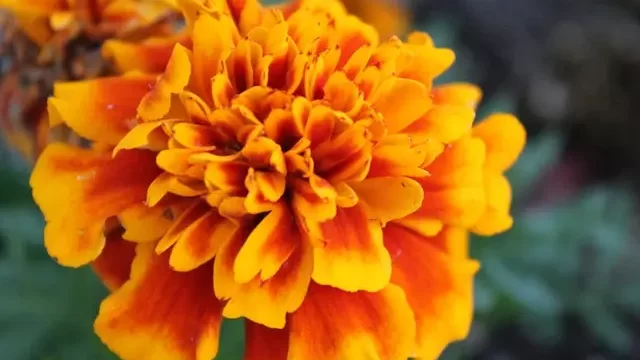
Marigolds (Tagetes patula), commonly known as the French marigolds, are annual flowers. There are two types of marigolds, that is, the African marigolds and French marigolds. African marigolds are large-flowered while French marigolds have small flowers. Marigolds have either showy yellow, orange, golden or bicolored flowers.
Marigolds have a strong scent and availability of nectar and pollen grains that attracts bees. Is it easy to plant marigolds? Yes, it is easy to plant these annual flowers.
All you need is to sow marigold seeds into the ground. The seeds germinate faster and sprout within days, especially in warm areas. Marigolds bloom in about two months.
2. Dandelions
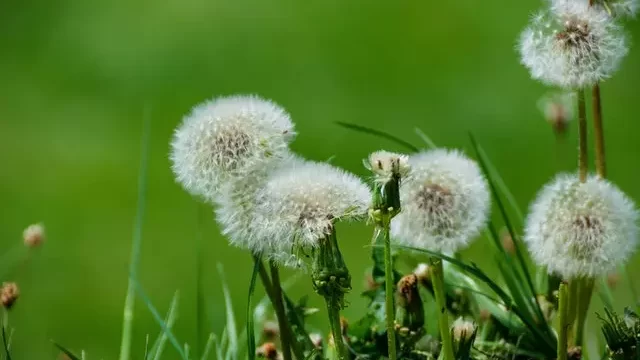
Dandelions are obnoxious weeds. But when they grow on a lawn, the flowers attract bees. Dandelions flowers are unique that are either bright yellow or white. They are a combination of separate flowers that form the impression of a single flower. the flowers have nectar and pollen grains that attract bees.
Dandelions bloom all through the year in warmer areas. But, in colder regions, they are dormant in the winter. Dandelions grow well in a wide range of ecological zones. In lawns, dandelions grow as seeds that may be unwanted in many cases.
3. Rose flowers
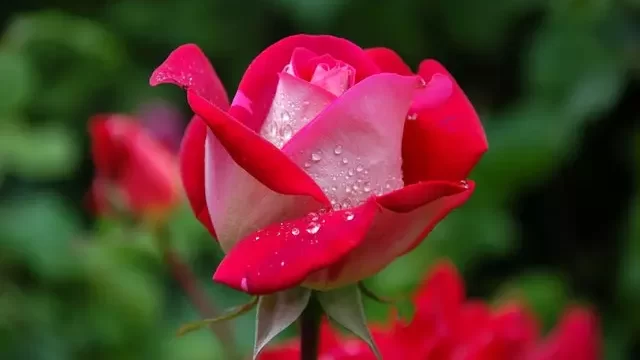
Rose flowers of the genus Rosa are either large or small flowers. The white to pink crimson flowers are bee-friendly. The bright pink or white flowers contain nectar and pollen grains that are a source of food for bees.
Rose flowers bloom in early summer. Roses are easy to grow and manage because of their hardiness to winter and disease resistance. They also grow in a wide range of soil types and temperature conditions.
4. Asters
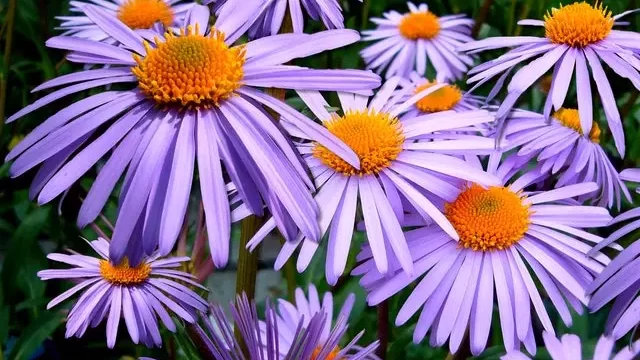
Asters of the Asteraceae family is a perennial flower that blooms in late summer and early autumn. The purple flowers are attractive to bees to collect nectar. Asters are not easy to grow and need a lot of careful handling. They flourish well in cold temperatures and loamy, well-drained soils.
Herbs
Aromatic herbs are some of the best bee-friendly flowering plants. They provide bees with nourishment and also benefit from pollination. Below are some of the flavorsome herbs that attract bees;
5. Mints
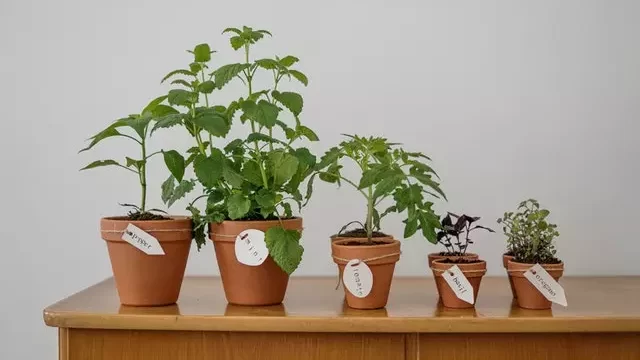
Mints are hardy perennial herbs with small purple flowers that blossom in summer. The purple mint flowers attract long-tongued bees for nectar and pollen grains. Mints are among the most natural herbs that grow well both indoors and outdoors.
Mints adapt to a wide range of well-drained soils. Also, they flourish well in full or partial sunlight.
6. Lavender
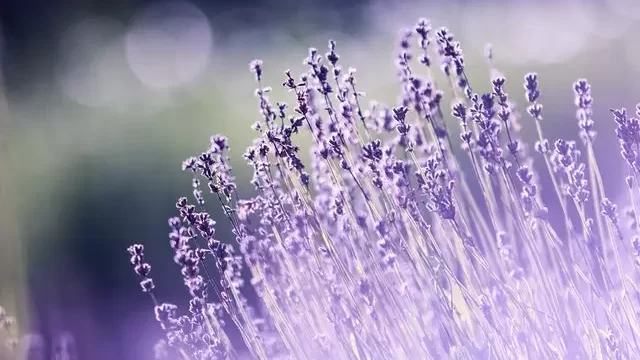
Lavender herbs have purple flowers that blossom in late spring and early summer. The fragrance and bright purple color attract bees. The fragrant purple flowers have pollen grains and nectar that provide nourishment for bees.
Lavenders are relatively easy to grow. They thrive well in well-drained soils and with enough sunlight. They are also tolerant of drought, extreme heat, wind, and cold.
7. Rosemary
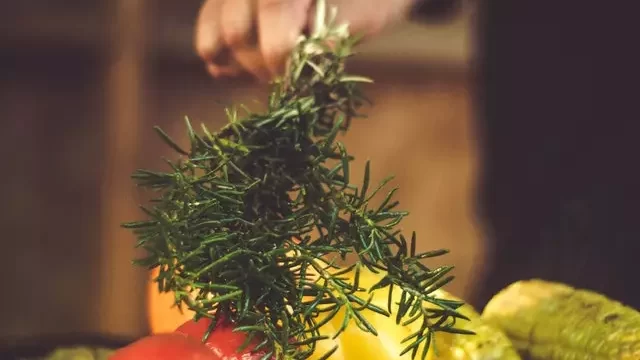
Rosemary is a perennial herb of the Lamiaceae family that has fragrant and colorful purple flowers. Rosemary purple flowers have nectar and tiny pollen grains that attract bees. Rosemary herbs thrive in well-drained soils and with enough sunlight.
8. Thyme
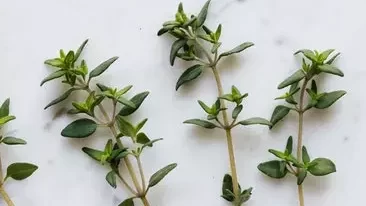
Thymes are hardy perennial herbs with either white, pink, or purple flowers. The purple flowers have nectar and pollen grains that provide sustenance for bees. Thyme is fairly simple to grow indoors and outdoors.
These aromatic herbs are good at thriving in places where most plants struggle to grow and only require little care.
Garden plants
Besides the production of vegetables and fruits. Garden plants and flowers provide nourishment for bees. Most garden plants, especially vine-like plants, have yellow flowers that attract bees. As bees feed on nectar and pollen grains, they also aid in pollination and reproduction. Here are some of the garden flowering plants that attract bees:
9. Cucumbers
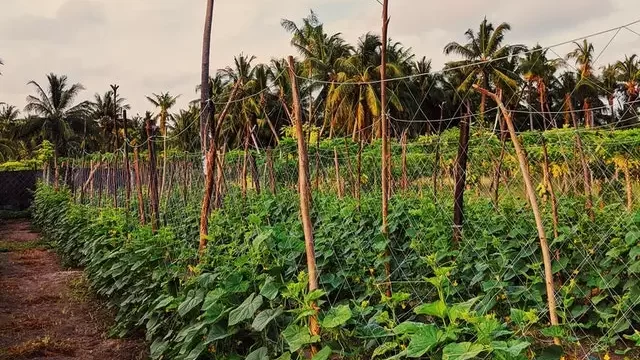
Cucumber (Cucumis sativus) of the Cucurbitaceae gourd family is a vegetable vine plant. The flowering of cucumbers depends on ecological zone conditions. Cucumbers have yellow flowers that have pollen grains and nectar that provide nourishment for bees.
Cucumber is a widely-cultivated vegetable and thrives in any well-drained good soil with enough sunlight.
10. Pumpkins
Pumpkins of the family Cucurbits are vine vegetable plants. Pumpkins have monoecious orange flowers that contain nectar and pollen grains that attract bees. The flowering of pumpkins varies depending on the ecological zone conditions.
Pumpkins are widely grown in warm weather conditions. Pumpkins flourish in well-drained soils and enough space to spread.
11. Watermelon
Watermelon (Citrullus lanatus) is a vine fruit plant that produces large-sized fruits. Melons bear bright yellow male and female flowers that contain nectar and pollen grains. The nectar and pollen grains provide nourishment for bees.
The flowering of melons varies from one ecological zone to the other. Watermelons are easy to grow and manage. They thrive well in moist, well-drained soils with enough sunlight and enough space for spread.
Trees
Besides trees providing good shade and fruits, they are also bee-friendly. Trees with generalist flowers attract bees. Below are some of the trees that are appealing to bees:
12. Sycamore
The sycamore tree (Platanus occidentalis) of the Platanaceae family bears small clustered white flowers. The white flowers blossoms in spring and contains nectar and pollen grains that attract bees. Sycamores thrive in any good nutrient-rich and well-drained soil.
13. Fruit trees
If you want to attract bees in your garden, plant fruit trees. Bees love fruit trees, especially those with an inviting fragrance and bright-colored flowers.
Fruit trees have nectar and pollen grains that provide nourishment for your bees. Fruit trees flower in different seasons, depending on the species of the tree.
There is a wide variety of fruit trees that are easy to grow and suitable for each ecological zone. All you need is to choose well. Some of the fruit trees that attract bees are apples, berries, cherries, peaches, and plums.
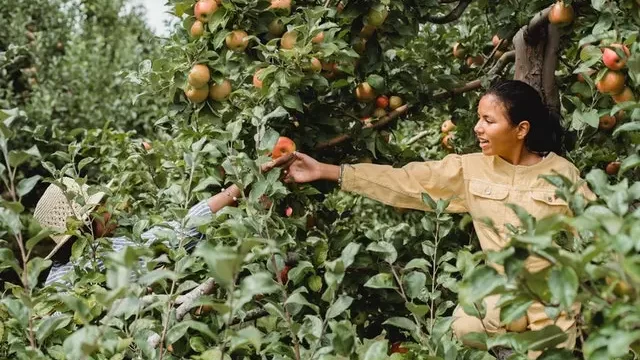
Shrubs
Flowering shrubs are also good at attracting bees. Here are some of the bushes that attract bees:
14. Blueberry
Blueberries (Cyanococcus) of the genus Vaccinium is a perennial fruit shrub that bears blueberries. Blueberries bear white flowers that contain nectar and pollen grains that provide food for bees. Blueberries bloom twice a year in spring and autumn. Blueberries thrive in a warm climate and good, well-drained acidic soils.
15. Honeysuckle
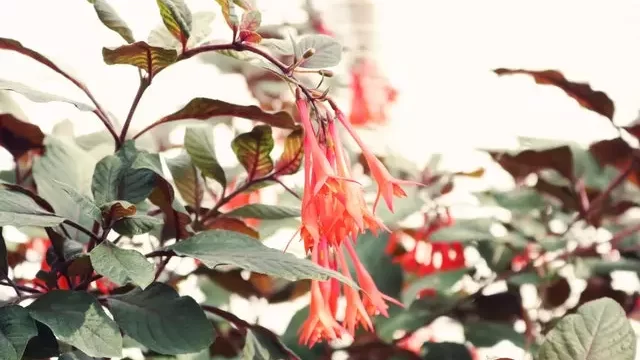
Honeysuckle (Lonicera) of the family Caprifoliaceae are flowering shrubs or vines. Honeysuckle bushes bear pink flowers with a ting of white. The blooming of honeysuckle bushes depends on the variety. Some honeysuckles flowers in spring while others flower in summer and early fall. The pink flowers contain nectar and pollen grains that attract bees.
Honeysuckle shrubs are easy to grow in the right conditions. They thrive well in enough sunlight and well-drained fertile soils. The honeysuckle shrubs are also tolerant of minimal shades.
Will planting flowering plants attract honey bees in my garden?
Yes, planting flowering plants attracts honey bees in the garden. Plant many plants that will bloom at different times. The diverse plant species provide nourishment for the bees from early spring to late fall.
However, it is important to note that not all flowering plants will attract bees. Thus, when planting trees that will attract bees consider the following factors:
- Bright colored flowered. Planting flowering plants with white, pink, blue, purple, yellow, or orange flowers attracts bees.
- Open or flat tubular-shaped flowers allow the accessibility of nectar and pollen grains by bees.
- An enticing fragrance that will invite bees.
References
- University of Illinois, Extension Services: Roses kinds
- The University of Missouri, Extension Services: Plant pollinator’s relationship
- New Mexico State University, Valencia County, Extension Services: Bee-friendly-garden-list
